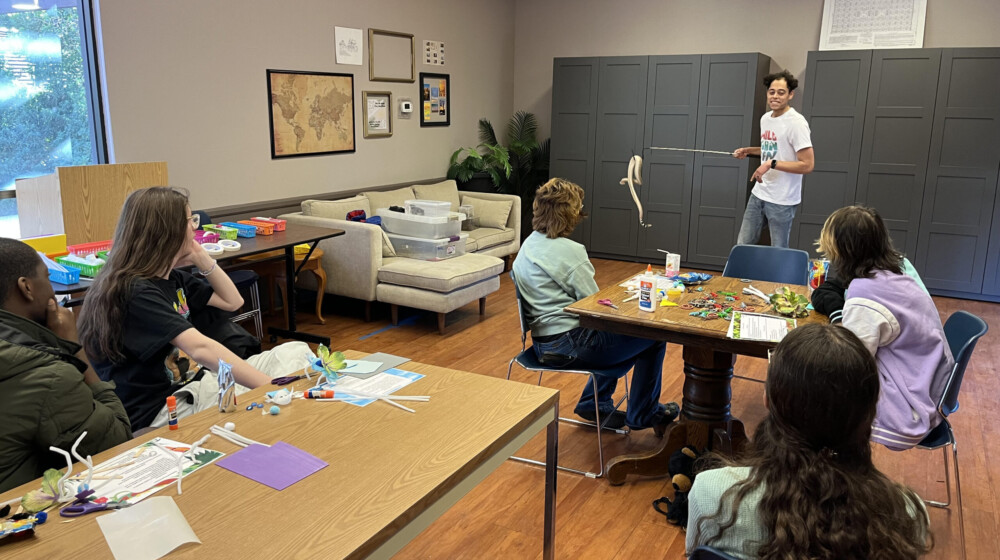Teen STEM Café @ the Square
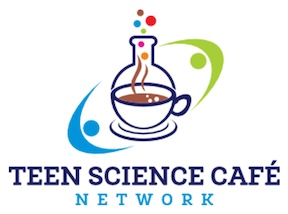 Join us at The Square PHX for free STEM programs developed BY teens FOR teens. Meet real STEM experts, explore STEM topics, and engage with interactive activities! (not to mention the free food, prizes, and freebies!)
Join us at The Square PHX for free STEM programs developed BY teens FOR teens. Meet real STEM experts, explore STEM topics, and engage with interactive activities! (not to mention the free food, prizes, and freebies!)
Your Superpower Starts Here!
The Leadership Team is made up of a core group of dedicated teens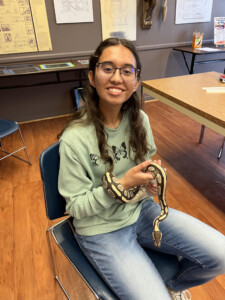 who are responsible for planning and running each Café. Leaders are eligible for prizes, special swag, and other fun stuff!
who are responsible for planning and running each Café. Leaders are eligible for prizes, special swag, and other fun stuff!
If you’re interested in becoming a Teen Leader for the Teen STEM Café @ the Square, contact us by filling out this form.
“Choose your Superpower” virtual sessions coming soon!
Upcoming Program Details
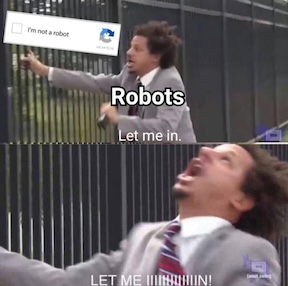
“Bots, Brains & Beyond: The Future of Robotics!”
Saturday, July 19th, 10:00am
Get your gears turning and come along with us for a behind-the-scenes look at the robots that are changing our world! From humanoid helpers to machines that think on their own, we’ll explore the wild and exciting future of robotics. Spoiler alert: It’s way cooler than sci-fi!
This month’s STEM Café features a fantastic presentation and demonstration from the FTC Techalongs Team 17062, a FIRST Tech Challenge robotics team from Scottsdale! Register below to attend.
-
More Info: Robot Dolls
In the late 1700s, Swiss clockmaker Pierre Jacquet-Droz created dolls that could seemingly spring to life – playing the harpsichord, drawing a picture, or writing a note. These dolls, who look like they wouldn’t be out of place in a modern-day horror movie, still exist and are on display at the Neuchâtel Museum of Art and History. They are some of the earliest examples of robots, or automata, with amazingly complicated components. See them come alive:
Previous Programs
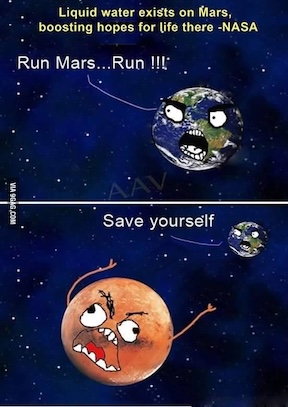 “Mission to Mars: Red Planet, Big Dreams!”
“Mission to Mars: Red Planet, Big Dreams!”
Ready to blast off? Join us as we explore Mars—Earth’s cooler, redder neighbor! From rovers to rocket ships, we’ll dive into the science behind Mars missions with Dr. Dave and discover what it might take to live on the Red Planet. Spoiler: Martians might be real… kind of.
-
More Info: Making Up Martians
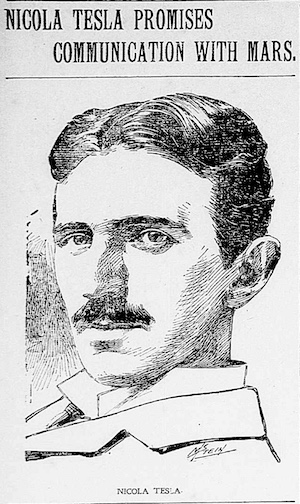 In 1877, Giovanni Schiaparelli’s identification of canali on Mars (meaning “channels”, but mistranslated as “canals”) fueled speculative fire about life on other planets, both in fiction and nonfiction. Mathematician and astronomer Percival Lowell fully believed Martians existed, and in 1894 built an observatory in Flagstaff, AZ, specifically to observe Mars and detect life there. Many people believed Lowell’s account, including scientist and inventor, Nicola Tesla, who thought that communication with Mars might be possible. Science was bolstered by literature with books like HG Wells’ War of the Worlds (1898), serials like Edison’s Conquest of Mars (1898), and plays like A Message from Mars (1899). Other fiction writers in the late 19th and early 20th centuries described life on Mars as having evolved similarly to life on Earth with humanoid life forms that had blue, red, and green skin. Luckily, they did speak English!
In 1877, Giovanni Schiaparelli’s identification of canali on Mars (meaning “channels”, but mistranslated as “canals”) fueled speculative fire about life on other planets, both in fiction and nonfiction. Mathematician and astronomer Percival Lowell fully believed Martians existed, and in 1894 built an observatory in Flagstaff, AZ, specifically to observe Mars and detect life there. Many people believed Lowell’s account, including scientist and inventor, Nicola Tesla, who thought that communication with Mars might be possible. Science was bolstered by literature with books like HG Wells’ War of the Worlds (1898), serials like Edison’s Conquest of Mars (1898), and plays like A Message from Mars (1899). Other fiction writers in the late 19th and early 20th centuries described life on Mars as having evolved similarly to life on Earth with humanoid life forms that had blue, red, and green skin. Luckily, they did speak English!
_______________________
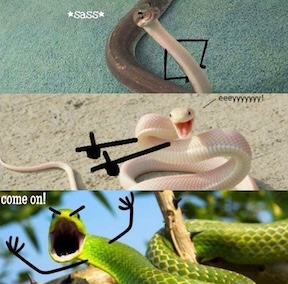 “Scales, Tails & Tall Tales: The Secret Life of Reptiles”
“Scales, Tails & Tall Tales: The Secret Life of Reptiles”
Get ready for a wild ride into the world of herpetology with Wild Man Dan! Meet the superstars of the reptile and amphibian kingdom and discover why snakes, frogs, and geckos are cooler than you think. No scales required—just curiosity!
-
More Info: Snakebite SOS
In October 1957, Field Museum herpetologist Karl Patterson Schmidt was bitten on the thumb by a boomslang, a highly venomous snake native to Sub-Saharan Africa. He then kept track of his symptoms in a journal as the venom coursed through his body, eventually killing him in less than 24 hours. Newspapers around the country reported on Schmidt’s death diary, including in the Tucson Daily Citizen, October 3, 1957:

